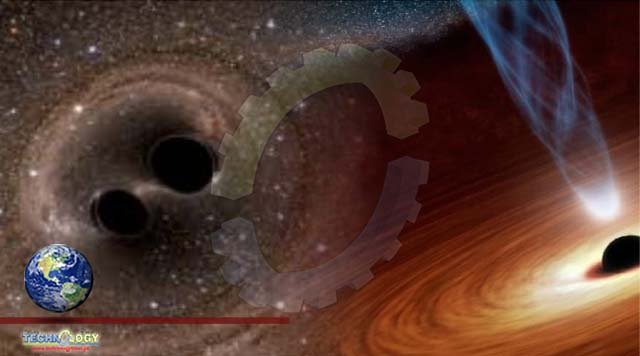University of Chicago astronomers propose ‘spectral siren’ method to understand evolution of the universe.

The Black hole collisions A black hole is usually where information goes to disappear. However, scientists may have found a trick to use its last moments to tell us about the history of the universe. Two University of Chicago astrophysicists, in a new study, laid out a method for how to use pairs of colliding black holes to measure how fast our universe is expanding. This will help us understand how the universe evolved, what it is made out of, and where it’s going. In particular, the scientists think the new technique, which they call a “spectral siren,” may be able to reveal details about the otherwise elusive “teenage” years of the universe.A major ongoing scientific debate is exactly how fast the universe is expanding—a number called the Hubble constant. Slightly different answers are yielded by the different methods available to measure the expansion rate. To help resolve this conflict, scientists are eager to find alternate ways to measure this rate. Verifying the accuracy of this number is especially important because it affects our understanding of fundamental questions like the age, history, and makeup of the universe.
The new study offers a novel way to make this calculation, using special detectors that pick up the cosmic echoes of black hole collisions. Occasionally, two black holes will slam into each other—an event so powerful that it literally creates a ripple in space-time that travels across the universe. Here on Earth, the U.S. Laser Interferometer Gravitational-Wave Observatory (LIGO) and the Italian observatory Virgo can pick up those ripples, which are known as gravitational waves. Over the past few years, LIGO and Virgo have collected the readings from nearly 100 pairs of black holes colliding.The gravitational wave signal from each collision contains information about how massive the black holes were. However, the signal has been traveling across space, and during that time the universe has expanded, which changes the properties of the signal. “For example, if you took a black hole and put it earlier in the universe, the signal would change and it would look like a bigger black hole than it really is,” explained UChicago astrophysicist Daniel Holz, one of the two authors on the paper.
Source: This news is originally published by scitechdaily